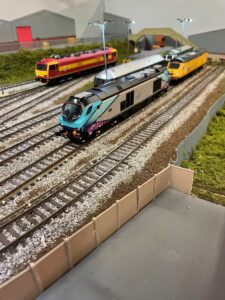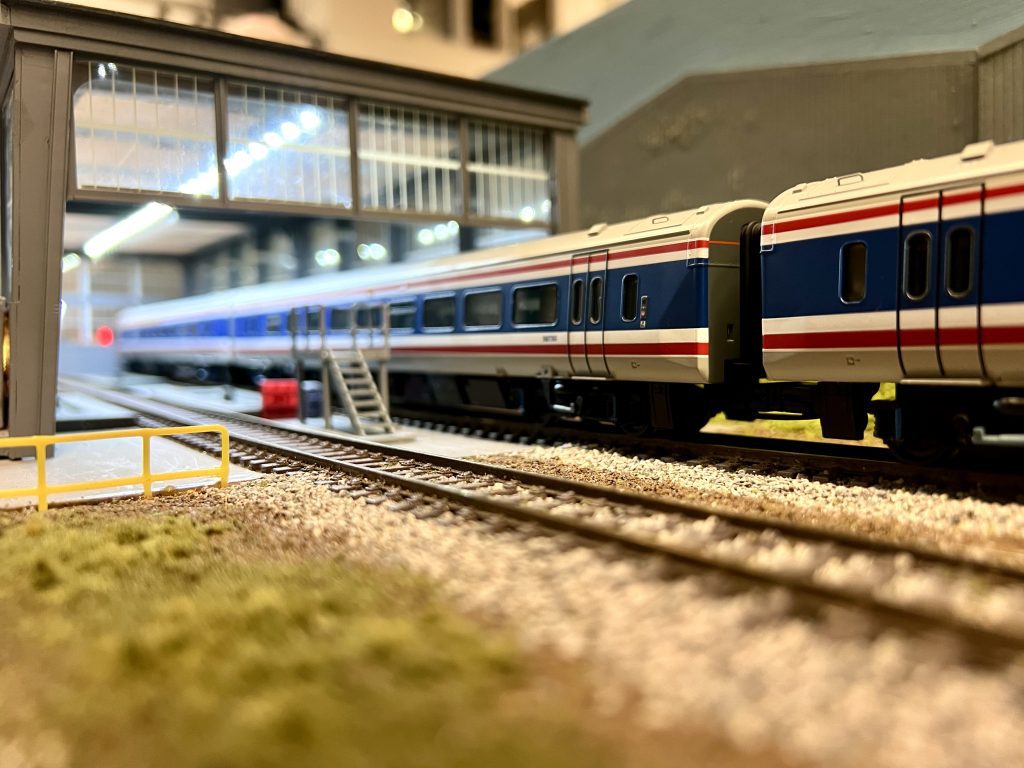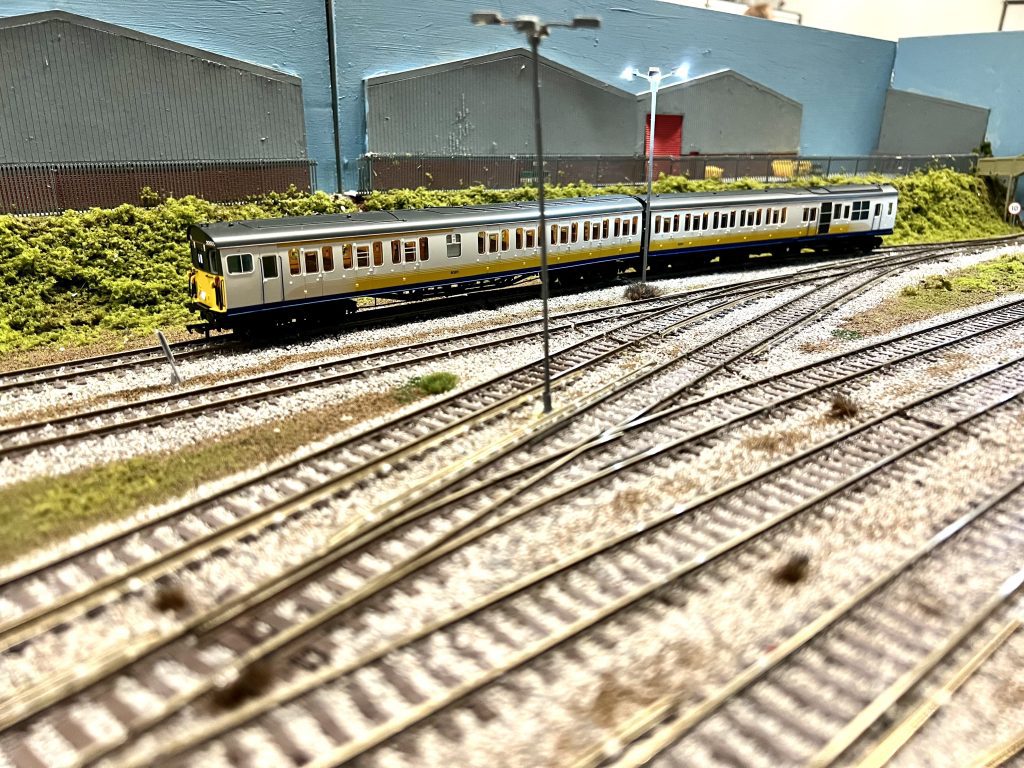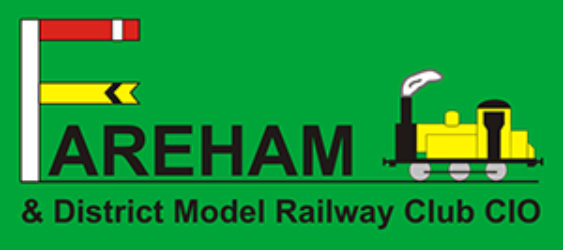Model railways have been a beloved hobby for enthusiasts of all ages for decades. The intricate layouts, detailed scenery, and lifelike trains bring joy to those who immerse themselves in this miniature world. Digital Command Control (DCC) has revolutionised how model trains are controlled, providing enhanced features and realism. However, many may not know that DCC model railway trains can also be seamlessly run on analogue systems, offering hobbyists the flexibility to choose their preferred control method.

Understanding DCC and Analogue:
Before delving into the compatibility of DCC model trains with analogue systems, let’s briefly explore the fundamental differences between these two control methods.
Digital Command Control (DCC):
- DCC is a modern control system allowing individual control of multiple trains on the same track.
- Each locomotive is equipped with a DCC decoder, enabling precise control of speed, direction, lights, and other functions.
- DCC systems offer more realistic operations and can support advanced features like sound and automation.
Analogue Control:
- Analogue control, also known as direct current (DC) control, is the traditional method where the power supplied to the track determines the speed and direction of the trains.
- Unlike DCC, analogue control typically limits control to one train per track.
- Analogue systems are more straightforward and may be more accessible for beginners.

Compatibility of DCC Model Trains with Analogue Systems:
The beauty of DCC model trains lies in their ability to operate seamlessly on analogue systems. This compatibility is possible by including a dual-mode decoder in many DCC-equipped locomotives. A dual-mode decoder can switch between DCC and analogue operation, allowing enthusiasts to enjoy the benefits of both control methods.
Here’s how you can run DCC model trains on an analogue layout:
Identify Dual-Mode Decoders:
- Check the specifications of your DCC locomotives to ensure they are equipped with dual-mode decoders.
Toggle between DCC and Analogue Modes:
- Most dual-mode decoders have a simple switch or programming option to select between DCC and analogue modes.
Adjusting Speed and Direction:
- In analogue mode, the speed and direction of the trains are controlled using a standard DC power pack, just like any other analogue locomotive.
Benefits of Running DCC Model Trains on Analogue Systems:
Accessibility for Beginners:
- Enthusiasts new to the hobby can start with a basic analogue setup and later transition to DCC without replacing their entire fleet of locomotives.
Compatibility with Existing Layouts:
- Hobbyists with established analogue layouts can integrate DCC locomotives into their existing setups without needing a complete overhaul.
Versatility in Control:
- Running DCC model trains on analogue tracks and provides a versatile and customisable experience, catering to the preferences of individual hobbyists.
In the dynamic world of model railways, the compatibility of DCC model trains with analogue systems opens up new possibilities for enthusiasts. Whether you are a seasoned hobbyist looking to enhance your layout with DCC features or a beginner exploring the world of model trains, the ability to run DCC locomotives on analogue tracks ensures that the joy of this timeless hobby remains accessible to all.
If you would like to learn more about DCC, we have layouts within the club that are controlled this way. Becoming a member will give you access to other members with experience both in DC and DCC.
If you would like to join or are considering joining, please go here and fill out the enquiry form. Someone will be in touch.


